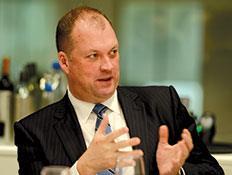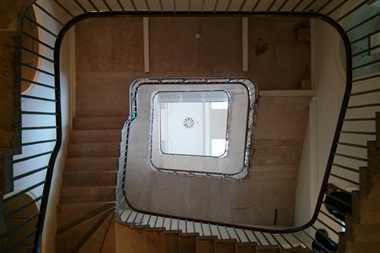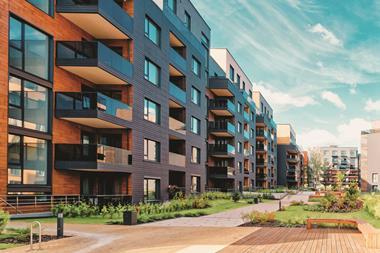Reading recent industry journals and daily business press shows we are all very focused on how to make sense out of the current state of the world and the implications for real estate.

I am not sure how much I can add to the current debate. It does, however, feel like we have been in this situation for the entire time I have lived in London (hard to believe it has been six and a half years…). Yet, a number of organisations, including our own, have figured out a way to grow and deliver returns that have outperformed against even our own expectations and exceeded market benchmarks during this time.
Although the phrase “better to be lucky than good” can apply to the period following the 2008 crisis and resultant opportunity for new market entrants to participate in much-needed recapitalising of many assets, I am reluctant to give away all the credit and think that our approach to strategy has had a significant bearing. We have developed our European investment strategy based on meeting five simple criteria:
- Long-term total portfolio return target
- Macroeconomic drivers
- Focus vs expanding investable universe
- Business model/partners
- Do-ability
As I look at some of the very well-established market players, (although I am sure they have much more sophisticated criteria given the history and scale of their businesses in Europe), I am certain there are many similarities. This simple approach makes it much easier for us to be decisive when evaluating opportunities and avoid a prolonged ‘no’ answer, which is the worst possible thing for a potential partner or counterparty to hear.
It now feels like we can be very clinical in assessing opportunities, but this hasn’t always been the case. In 2007, like many aspiring global organisations, we felt the opportunities available in our domestic market were not sufficient to meet our return requirements. We developed a plan that with the benefit of hindsight led to us taking the most risks in the markets we knew the least. However, we hoped these risks would be mitigated by the selection of a good local partner with similar objectives, alignment of interest, etc. (I think you know where this story is going…).
And so our first European investment was in a value-add German residential portfolio (including fragmented properties that were located in very small towns). At the time, like today, the case for both Germany and multi-family residential rental property was compelling and on paper, the proforma returns looked attractive. However, as one of my undergraduate university professors used to say, “there is no such thing as a free lunch”.
There were many twists and turns during the five years after we took control of the investment, that certainly fell into the category of ‘what doesn’t kill you makes you stronger’. However, having spent more than six years of management time with additional capital invested, no income return, multiple loan extensions, concessions and many sleepless nights, I assure you that we have learned some hard lessons.
Last month, we completed the sale of the last remaining piece of this investment and once final reconciliations are complete, we will have recovered some of our original investment. I can’t remember who said the following, but I was reminded of it during our recent year-end performance review: “It is unfortunate to make a mistake once, but unforgivable to make the same mistake twice.”
This example is a pretty good case study for the numerous new market entrants and their advisors on how not to get caught up in seemingly higher proforma returns without proper assessment of risk, markets, partners, capability, liquidity and so on.
I am hopeful the lessons we have learned and our new clear investment criteria will keep us out of trouble in the current market environment and contribute to continued success in the future.
Paul Brundage is executive vice president and senior managing director Europe for Oxford Properties






























No comments yet